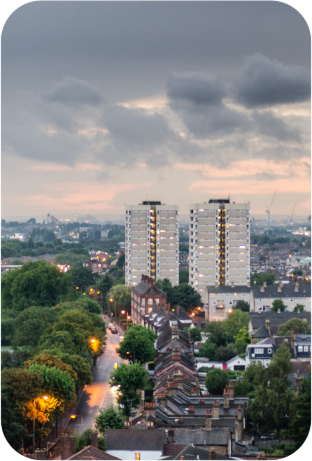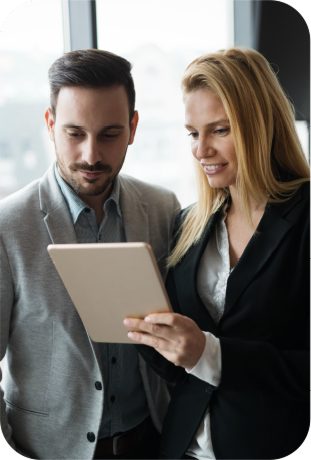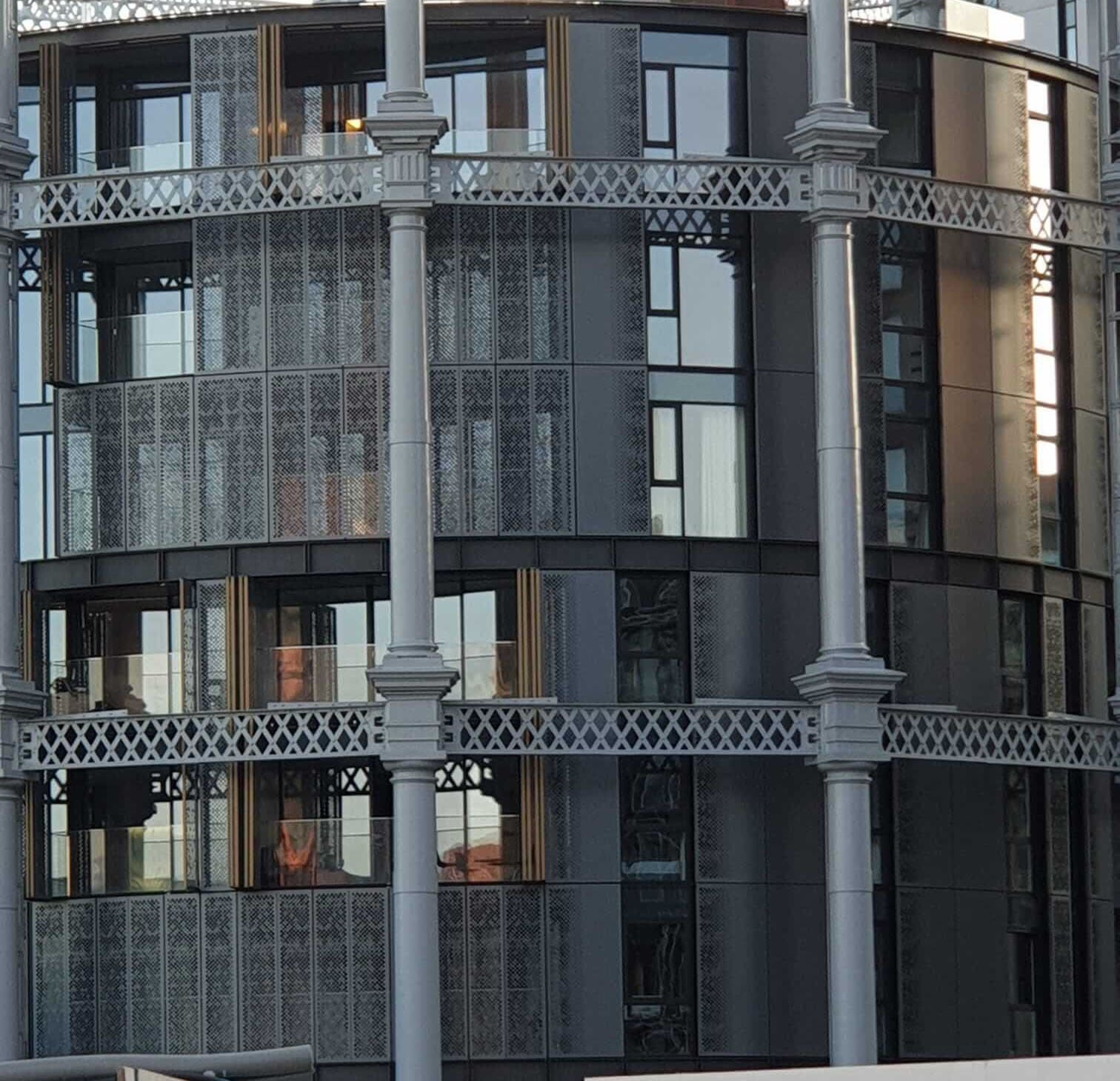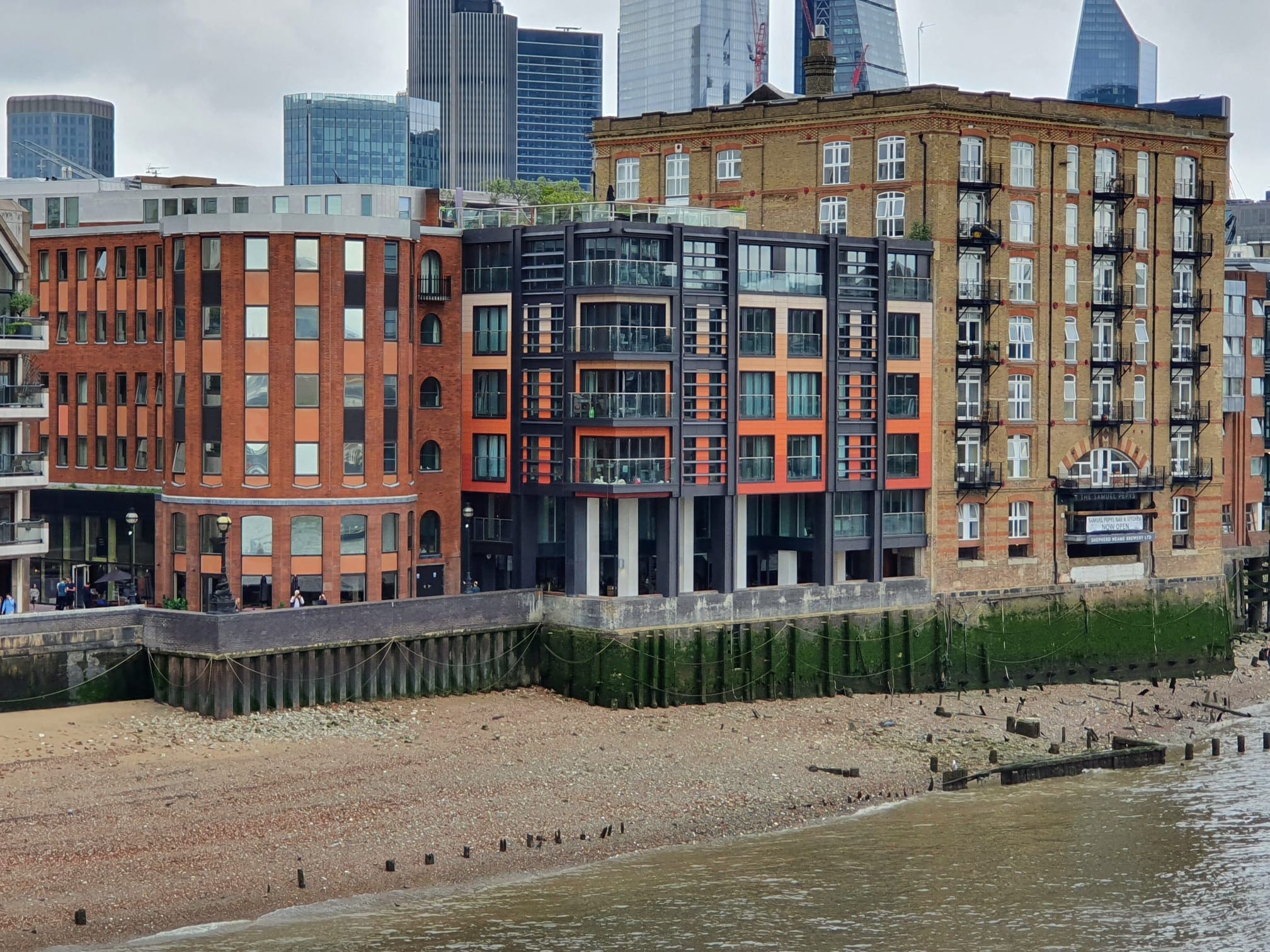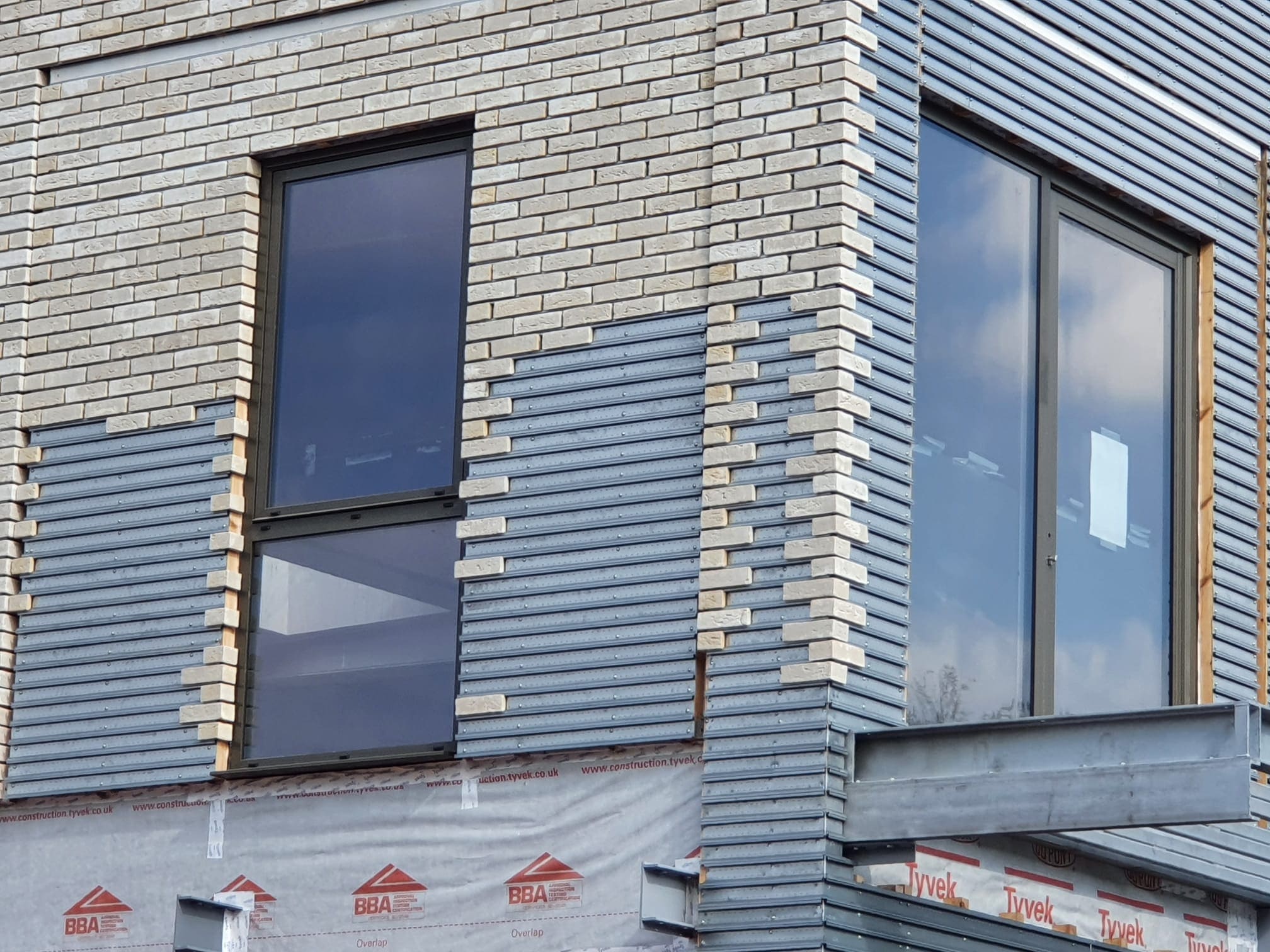16/07/2018
by: Mary-Anne Bowring

Understanding Leasehold Property
Around two million people in the UK don’t actually own their property outright. Instead, they purchase the right to occupy their homes as lessees. If you’re planning to buy a flat, especially in a city, it’s almost certain that you’ll be buying a leasehold property. Since the mid-1980s, government legislation has strengthened lessees’ rights, making leasehold ownership a more attractive option.
The Importance of Lease Length
A lease grants the tenant the right to occupy a property for a set period, typically 99 or 125 years. However, this term decreases every year, and once it expires, ownership reverts to the freeholder. When buying a leasehold property, always check the remaining lease term. Generally, leases below 70 years are considered short, and mortgage lenders may hesitate to offer loans for properties with less than 60 years left on the lease.
Leasehold with a Share of Freehold
In some cases, leaseholders may also own a share of the freehold, meaning they have a say in how the building is managed. This is often the most desirable scenario, as it provides more control over costs and maintenance. In period conversions—such as stately homes or Victorian terraces—downsizers and high-income buyers often drive demand, leading to longer lease terms and lower ground rents.
Understanding Leasehold Costs
A common misconception is that leasehold properties are more expensive to run than freehold homes. In reality, the costs—such as ground rent, service charges, and contributions to a reserve fund—often balance out with typical homeownership expenses. Service charges cover day-to-day maintenance, while reserve funds help with major repairs, like roof replacements. It’s always advisable to check the property’s financial records before buying to ensure the reserve fund is in good health.
Rights of Leaseholders
Leaseholders have legal rights, including the right to buy the freehold if certain conditions are met. Under laws introduced in 1993, if at least two-thirds of flats in a building have long leases and 51% of leaseholders agree, they can force the freeholder to sell. Additionally, if a freeholder decides to sell, leaseholders have the right of first refusal, meaning they can purchase the property before it’s sold to an outside buyer.
Managing a Leasehold Property
Not all leasehold flats come with a share of freehold, but leaseholders still have management options. Many buildings have managing agents who oversee maintenance and finances. In smaller buildings, self-management can be a cost-effective alternative, provided leaseholders have the necessary expertise. If at least 51% of leaseholders agree, they can also form a Right to Manage company, allowing them to take over the building’s management from the freeholder.
Not all leasehold flats come with a share of freehold, but leaseholders still have management options. Many buildings have managing agents who oversee maintenance and finances. In smaller buildings, self-management can be a cost-effective alternative, provided leaseholders have the necessary expertise. If at least 51% of leaseholders agree, they can also form a Right to Manage company, allowing them to take over the building’s management from the freeholder.
 1550
1550Lease Extension, FH and Right to Manage












Keep up to date
(Weekly, fortnightly or monthly)
To find out more what we do with your data, please read our Privacy Policy

 1
1



